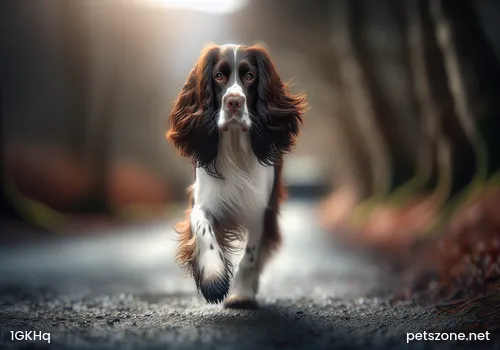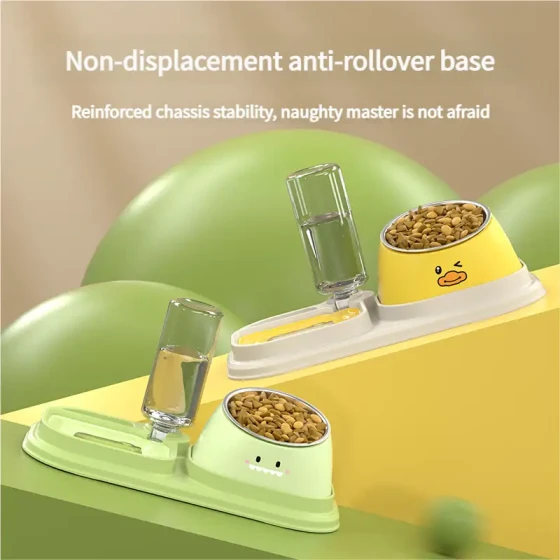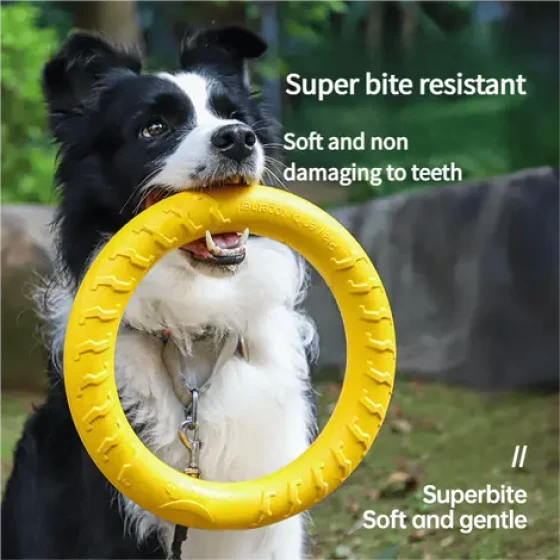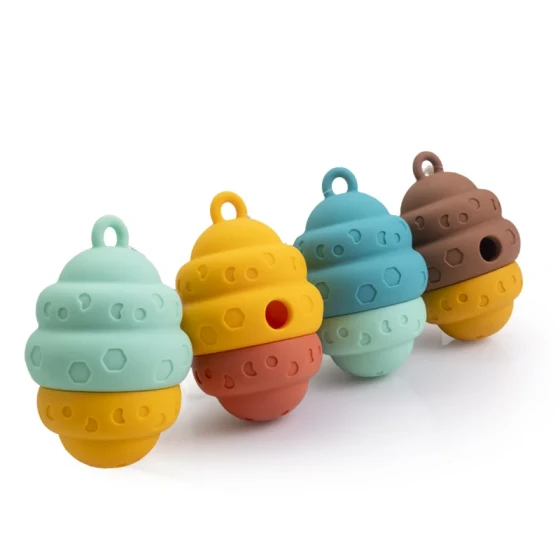Take You to Understand Pet Food Labels

Currently, there is no unified pet food label standard in China. However, related feed products do have clear labeling standards. On October 10, 2013, the China Feed Industry Association and the Secretariat of the National Feed Industry Standardization Technical Committee jointly released the latest version of the feed label standard GB10648-2013. With this, the GB 10648-1999 version was officially retired. The new label standard was set to be formally implemented on July 1, 2014, marking a new era for feed labels.
Since pet food and feed products are closely related, let's take a look at this relative, as I predict that future Chinese pet food labels may somewhat inherit this relative's characteristics. The GB10648-2013 feed label standard is revised and developed based on GB 10648-1999. It improves and supplements the original version, such as adding definitions for terms like feed, feed raw materials, feed additives, removing the term "shelf life," replacing "net weight" with "net content," among many other enhancements. In the basic principles of this feed label standard, there is one clause I believe will impact current pet food, especially prescription pet food. The new standard clearly requires that "no claims of prevention or treatment of animal diseases" be indicated. This is a challenge for prescription pet food, since many existing dry pet food packages prominently display various function claims, including those from larger companies. Should similar rules be introduced in Chinese pet food labels, many packaging materials would have to be discarded. Of course, I think this requirement is necessary. Objectively speaking, the current promotional content on pet food packaging and labels is somewhat "excessive" with provocative and misleading wording not unlike the health supplement industry years ago. This mix of confusing product labels puts pet consumers in a dilemma, making it difficult to distinguish authentic products amid such chaotic over-packaging. Moreover, it provides opportunities for some rule-breakers (there are bad actors among people) to invest more resources and money into grandiose, exaggerated packaging claims while cutting costs on the actual product quality, even adopting a speculative mentality of "if we dare write it on the packaging, it’s fine." Over time, these extreme falsehoods and exaggerations on pet food labels cause consumers to feel deceived and gradually lose trust in domestic pet food, threatening the industry’s survival. Therefore, if such a rule appears in future Chinese pet food labels, I fully support it. This clause would not leave prescription pet food without options; it could be reclassified under "feed products containing medicinal feed additives," which would simply require a prominent label stating "This product contains medicinal feed additives," including the generic names, effective ingredient content, withdrawal period, and other precautions.
Because pet food in China is entirely imported in concept, it inherits many foreign genetic traits. Regarding packaging, people tend to favor "some foreign words and foreign text"; thus, I am frequently asked, "Can pet food packaging or labels be printed in English?" The answer to this question is also found in this newly released feed label standard. In the last section "Basic Requirements," point 4 states that standardized Chinese characters should be used, and corresponding Hanyu Pinyin and other languages may also be used simultaneously.
World pet food originates from the United States, so it seems American blood always flows in China’s pet food. Chinese pet food labels (not only pet food labels) have long followed a path of ignoring local standards for distant foreign ones. Our pet food labels have not drawn much from Chinese feed labels but have instead chosen the format and content of pet food labels from the United States across the ocean. US pet food labels, like those in many countries, basically adopt and refer to the AAFCO (Association of American Feed Control Officials) pet food label template, supervised by the FDA (Food and Drug Administration). Some states also have their own pet food labeling regulations. FDA has very detailed regulations for pet food labeling, including product names, guaranteed analysis, ingredient lists, nutritional adequacy statements, feeding directions, calorie content, net contents, and so forth. FDA’s regulations and explanations are very precise, such as the interpretation of "suitable for all life stages." It states that if a product is labeled as "complete and balanced pet food" without explicitly indicating a particular physiological stage (e.g., adult or puppy), it is assumed to be suitable for all life stages. The nutritional standard must meet the most stringent requirements, and although higher nutrition may not be fully required by adult pets, it will not harm their health. This partly answers the common question many pet lovers ask me regarding "Is food for all dog (cat) life stages good?"
Personally, I find the most valuable part is the accurate explanation of the much-questioned and harshly criticized term "natural" pet food in China’s pet food industry. The FDA addresses this sensitive topic in "Other Label Claims" in the "Regular Pet Food Labeling" documentation. Many packages and labels on pet foods print claims such as "high quality," "premium quality," even "superior quality," and some boast of being a "super gourmet feast." No matter how much they glorify or embellish themselves, there is no need to add superior ingredients beyond standard nutrition requirements in pet food raw materials. In other words, terms like "high quality," "super premium," or "premium-quality" on pet food labels are just illusions and legends. The ingredient composition inside is no different from pet foods without such extravagant claims. Likewise, the term "natural," often used prominently in product names on pet food labels, is clearly defined by the FDA as pet food containing no artificially synthesized flavors, colors, or preservatives. However, the FDA also acknowledges that "natural" has no formal definition yet. Additionally, the FDA clarifies that "natural" is not equivalent to "organic." "Organic" refers to the growing conditions of plants or animals. Currently, there is no official labeling for "organic pet food" in the US, but the USDA (United States Department of Agriculture) is researching relevant regulations and considering standards for "organic pet food."
Reviewing the latest Chinese feed label standard and FDA’s pet food label guidelines, it is evident that pet food is receiving more attention both in China and the US. Recent recurring issues with foreign pet foods in China have forced us to accelerate the improvement and standardization of our own pet food products. Under such pressure and rapid development, a Chinese pet food label standard will inevitably come.
References:
"Feed Label" GB 10648-2013
"Pet Food Labels - General"
"Pet Food" U.S. Food and Drug Administration
Source: Pet Nutritionist Wang Tianfei Pet Science Collection



